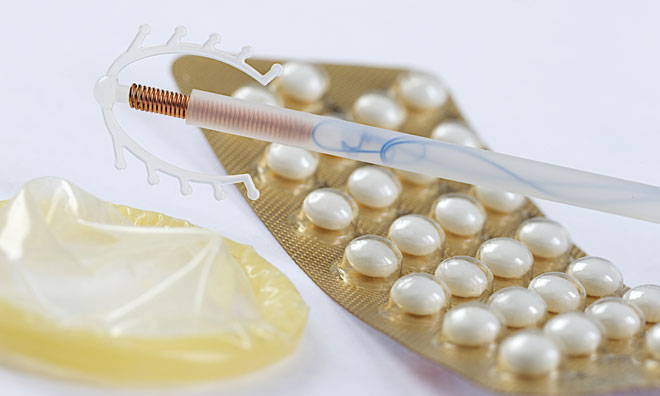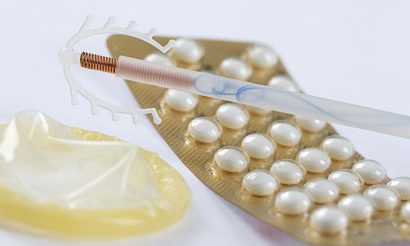NICE says coil is more effective than pill as emergency contraception
Posted: 8 September 2016 | | No comments yet
The coil is the most effective form of emergency contraception for up to 5 days after unprotected sex or within 5 days of expected ovulation…


The National Institute for Health and Care Excellence (NICE) has published a quality standard advising that women requesting emergency contraception should be told that a copper intrauterine device (IUD or ‘coil’) is more effective than the pill; and women should be informed about long-acting reversible (LARC) methods such as the coil when asking for contraception.

In 2014/15 95% of emergency contraception issued by sexual and reproductive health services was for the pill.
Oral contraception
Oral contraceptives also remain the most common form of contraception, but the uptake of LARC has been increasing and in 2014/15 accounted for 37% of all women making contact with sexual and reproductive health services.
Professor Gillian Leng, deputy chief executive NICE, said, “It is really important that all contraceptive services are providing women with the best advice about contraception. We want to empower women with the best information about all methods of contraception and their effectiveness so they can make an informed decision.”
Post-pregnancy fertility
“For instance women are often surprised by how soon after birth they can become fertile again so we have included a statement ensuring midwives speak to them about contraception.”
The coil is the most effective form of emergency contraception and is effective for up to 5 days after unprotected sex or within 5 days of expected ovulation.
Dr Jan Wake, GP and member of the guideline development group, said, “The advantage of the coil, on top of being more effective, is that it can be retained and used as long term contraception, some can even be left in place for 10 years.”
She admits that “timing however is essential and women deciding on the coil should make contact with the clinic they have been advised to attend as soon as is possible.”
Falling number of teenage pregnancies
Whilst approximately one in five pregnancies is unplanned, conceptions amongst under 18s is falling.
In 2014 conceptions in women aged 15-17 was the lowest since records began in 1969, and between 2013 and 2014 the estimated number of under-18 conceptions fell by 6.8%4 to 22,653.
Dr Asha Kasliwal, President of the Faculty of Sexual & Reproductive Health (FSRH) and member of the guideline development group, said, “We hope that this Quality Standard will help healthcare professionals, service providers and commissioners alike to help reduce unintended pregnancies in their localities, while making tangible improvements in the provision of, and access to, contraception.”
Sue Burchill, Head of Nursing at Brook, the UK’s leading provider of sexual health services for young people, said, “We believe all young people should be provided with accurate information about the different methods of emergency contraception available in order to make an informed choice about what is best suited to their individual needs and we would urge local authorities not to jeopardise this by making cuts to funding for sexual health services.”
“Anyone seeking emergency contraception should also consider if they require screening for infections, and we always encourage the use of condoms in addition to LARC. It is really encouraging to see an increase in the uptake of LARC in general.”




